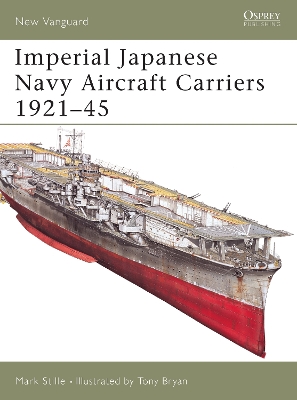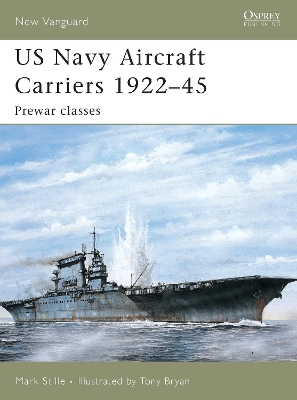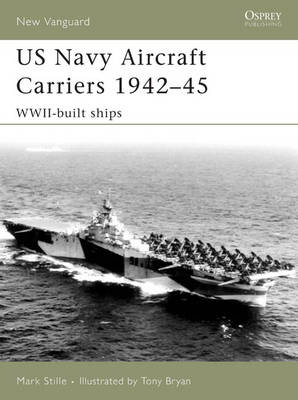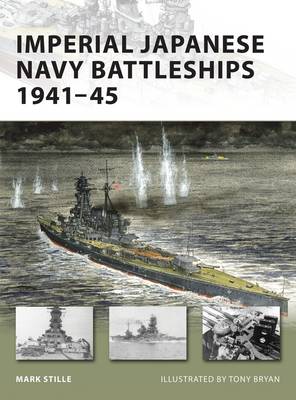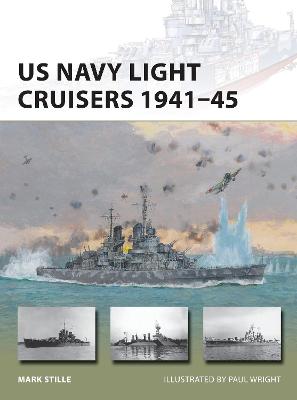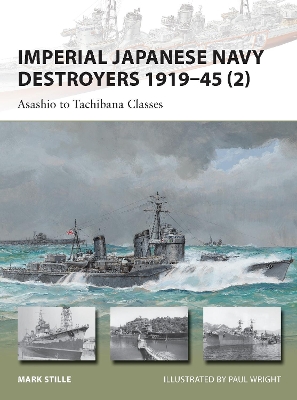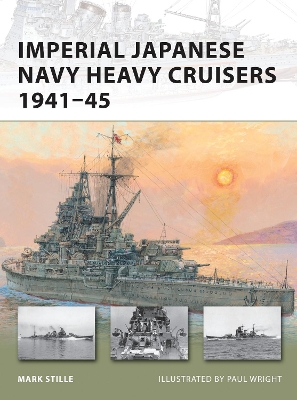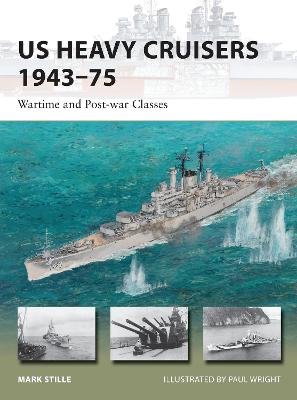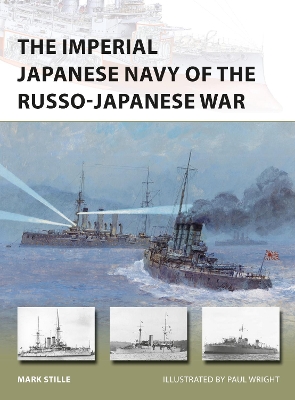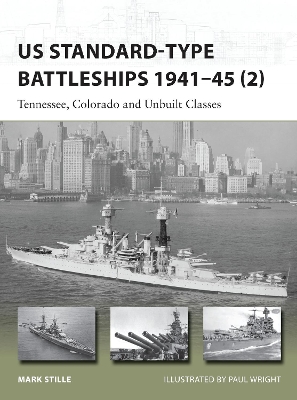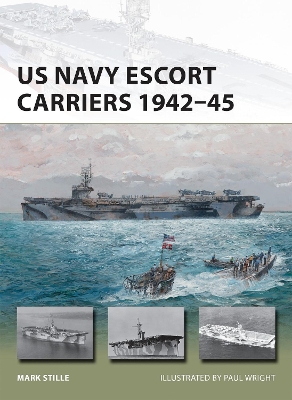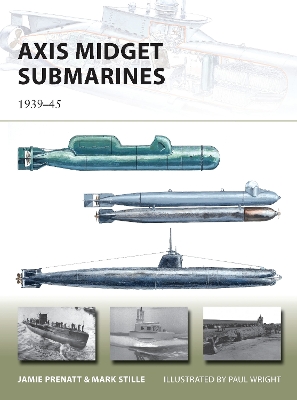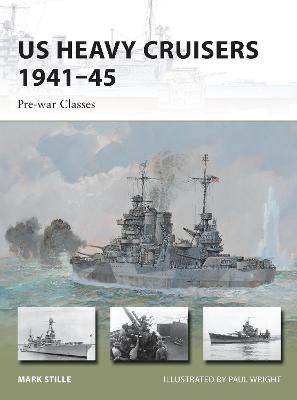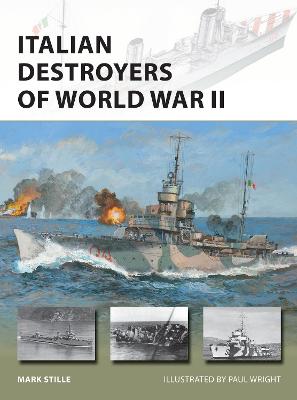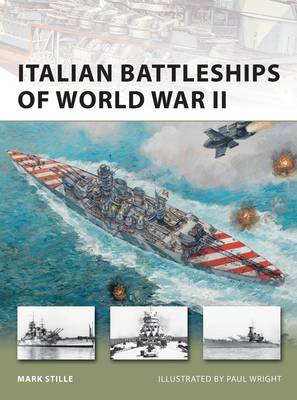New Vanguard
5 primary works • 27 total works
Book 109
Book 114
Book 130
Book 146
Book 224
This book examines every US light cruiser produced, including those of the Fargo and Worcester classes, which were actually complete after World War II had ended, tracing their design, development and evolution throughout the war and beyond.
This book explains in concise detail the IJN's fleet of 1904?1905, from its battleships and armored cruisers to the torpedo boats that launched 'the first great torpedo attack in history,' and outlines the history of the naval campaign against the Russian fleet.
Fully illustrated with contemporary photographs and unique specially commissioned artwork, this book shines a new light on these unjustly overlooked workhorses of the US Navy - ships that helped usher in the Allied victory over the Axis powers in the Atlantic and Pacific.
The Italian Royal Navy (Regia Marine or RM) began the Second World War with one of the largest fleets in the world. Included in it was a total of 59 fleet destroyers, with others added during the war. These were a diverse collection of ships dating back to the First World War with large destroyers built to counter ships of similar size introduced in the French Navy (the RM's historical enemy), and medium-sized ships which constituted the bulk of the destroyer force. RM destroyers were built for high speed, not endurance since they were only expected to operate inside the Mediterranean. They were also well-armed, but lacked radar.
During the war, RM destroyers fought well. With the exception of a small force based in Abyssinia which fought a series of battles in the Red Sea against the British, RM destroyers were active in the Mediterranean. The primary mission of the RM during the war was to keep the supply lines to North Africa open. The Italians were largely successful in this effort, and destroyers were key. RM destroyers were present at every fleet action with the British Mediterranean Fleet. The intensity of these actions is reflected by the fact that the RM lost 51 destroyers during the war.
